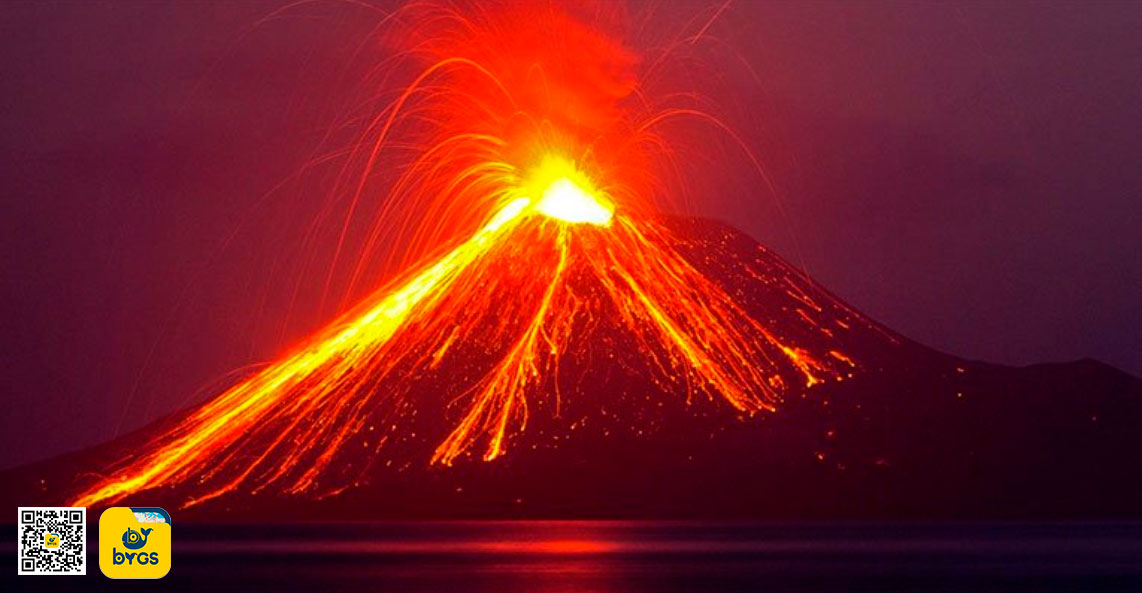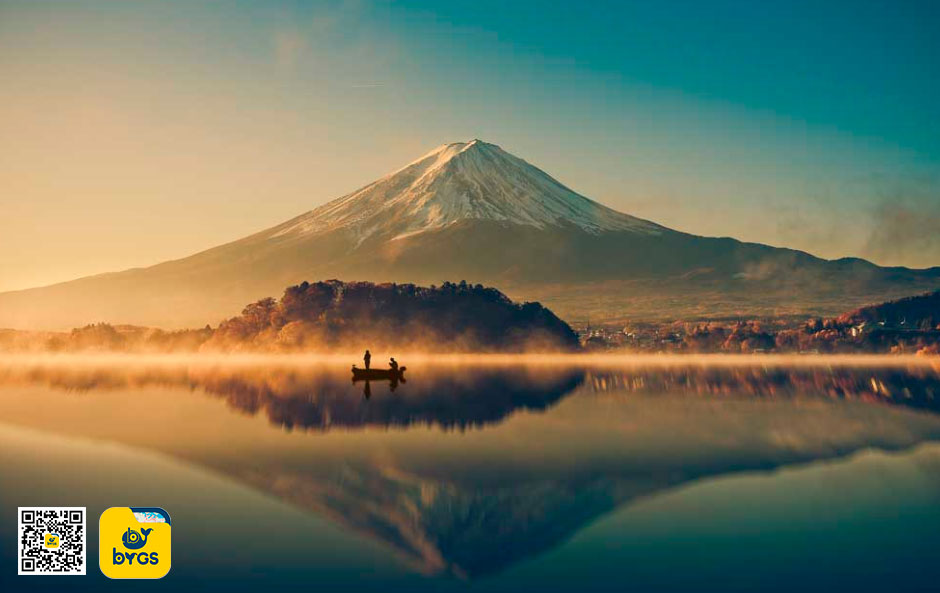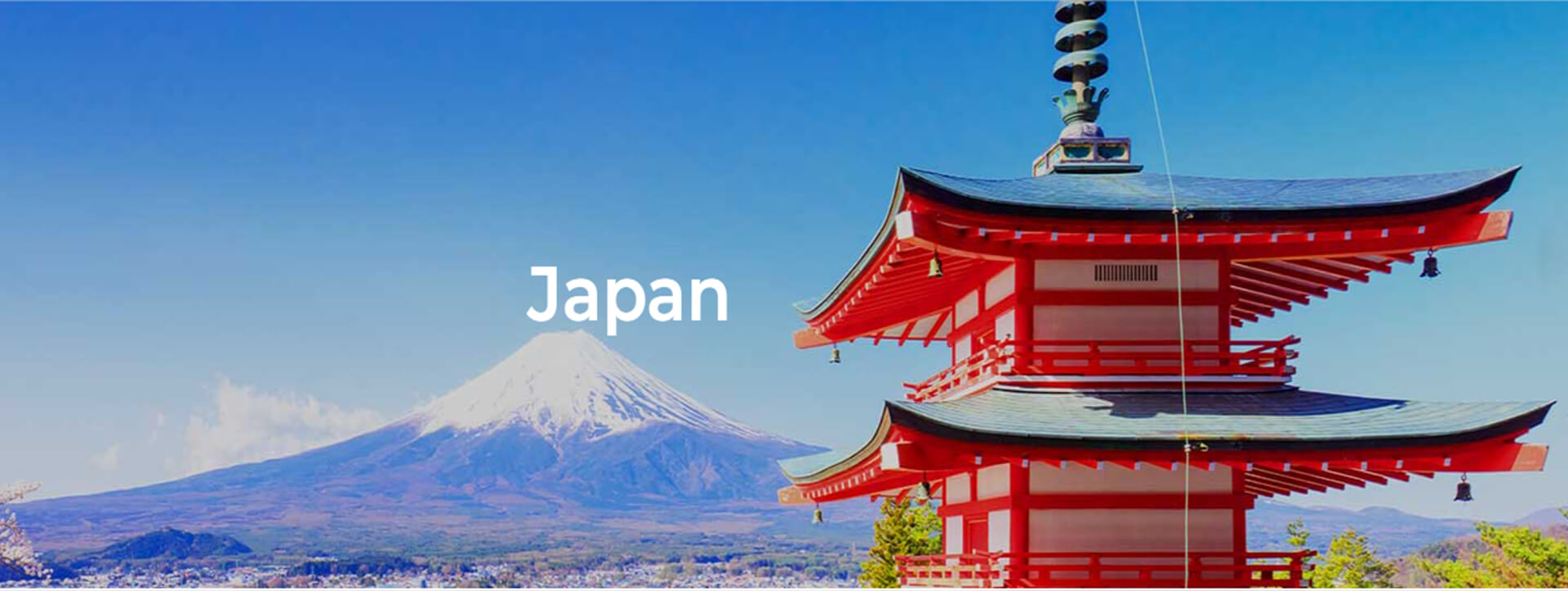Mount Fuji and Its Curiosities
Mount Fuji (富士山, Fujisan) is Japan’s highest mountain, standing at 3,776 meters, and one of the country’s most iconic natural landmarks. Located on the island of Honshu, Mount Fuji is a symbol of beauty, spirituality, and artistic inspiration for the Japanese people. It is also a place of significant cultural and spiritual importance, attracting millions of visitors and pilgrims each year.
Geography and Structure
- Height and Location: Standing at 3,776 meters, Mount Fuji is Japan’s tallest mountain. It straddles the borders of Shizuoka and Yamanashi prefectures.
- Volcanic Structure: Fuji is a composite or stratovolcano, formed through multiple eruptions over millennia. Its last known eruption was in 1707, known as the Hoei eruption.
- Perfect Symmetry: Mount Fuji is renowned for its nearly perfect conical shape, a result of its symmetric eruptions.

Curiosities and Interesting Facts
- Spiritual Significance
- Shrine at the Summit: There is a Shinto shrine at the mountain’s summit, called Sengen Taisha, where pilgrims pay their respects. Mount Fuji is considered a sacred mountain, and many people climb it as an act of faith.
- The “Ten Stations” (Climbing Stages): Traditionally, the climb is divided into ten stations or stages, with the fifth station being the most popular starting point for modern climbers.
Artistic Inspiration
- Art and Literature: Mount Fuji has inspired Japanese artists and poets for centuries. Hokusai’s famous woodblock prints, “Thirty-six Views of Mount Fuji,” are a classic example.
- National Symbol: It is an icon in Japanese popular culture and is often depicted in arts, films, and even commercial products.

Tourism and Outdoor Activities
- Climbing Season: The official climbing season runs from early July to early September, when the snow melts and conditions are safer. Climbing is a popular experience both for Japanese and foreign visitors.
- Five Fuji Lakes: The five lakes surrounding the mountain (Yamanaka, Kawaguchi, Saiko, Shoji, Motosu) offer stunning views of Mount Fuji and are popular destinations for camping, fishing, and boating.

Culture and Traditions
-
- Yoshida Fire Festival (Yoshida no Himatsuri): Held in August, this festival marks the end of the climbing season with a fire ceremony to thank the mountain and pray for safety.
- Mount Fuji as UNESCO World Heritage: In 2013, Mount Fuji was inscribed on the UNESCO World Heritage list as a “cultural site of outstanding universal value.”
Historical Eruptions
 Hoei Eruption (1707): The last major eruption occurred in 1707, known as the Hoei eruption, which sent ash as far as Tokyo. This eruption formed a secondary crater called the Hoei Crater, which is still visible today.
Hoei Eruption (1707): The last major eruption occurred in 1707, known as the Hoei eruption, which sent ash as far as Tokyo. This eruption formed a secondary crater called the Hoei Crater, which is still visible today.
Conservation and Sustainability
-
- Preservation Challenges: The large number of visitors, especially during the climbing season, poses significant conservation challenges such as litter and environmental damage. Ongoing efforts are being made to preserve Mount Fuji’s natural environment.
Tips for Visitors
- Best Time to Visit: Outside the climbing season, spring (cherry blossom season) and autumn (fall foliage) are great times to visit the Mount Fuji area.
- Climbing Route: There are several climbing routes, with the Yoshida route being the most popular due to its support infrastructure.
- Proper Equipment: If you plan to climb, bring appropriate gear including cold-weather clothing, suitable footwear, and supplies.

Summary of Mount Fuji
Mount Fuji is not only an impressive geological phenomenon but also a deeply rooted cultural symbol in Japanese identity. Its majesty inspires respect and admiration, offering a unique experience for adventurers and those seeking to contemplate its tranquil beauty.















